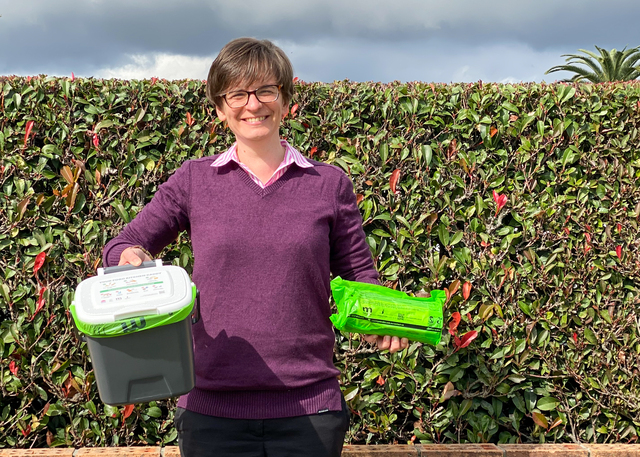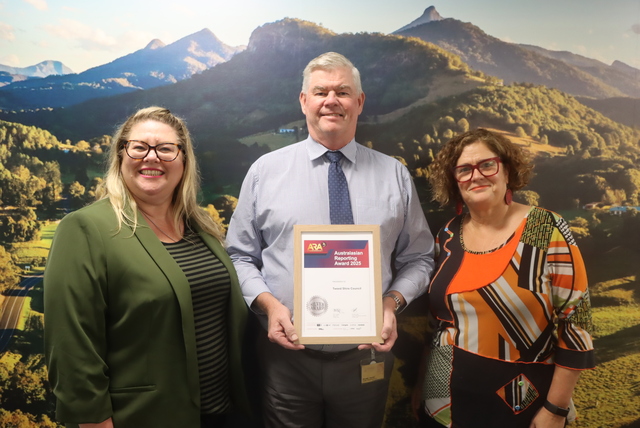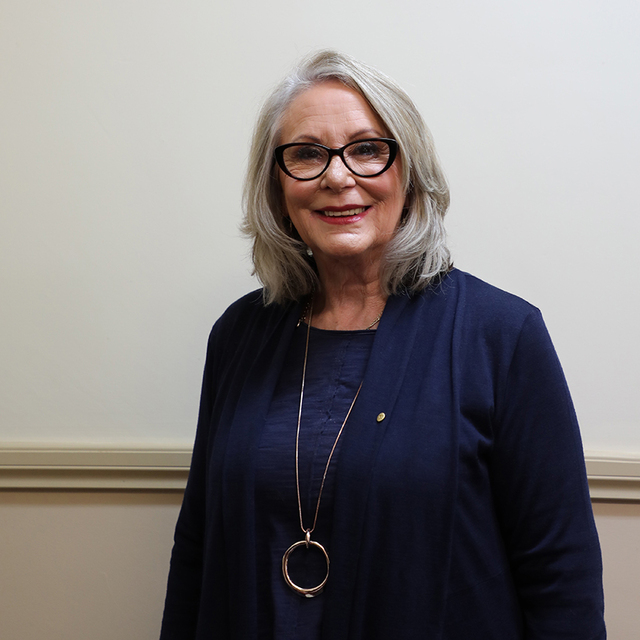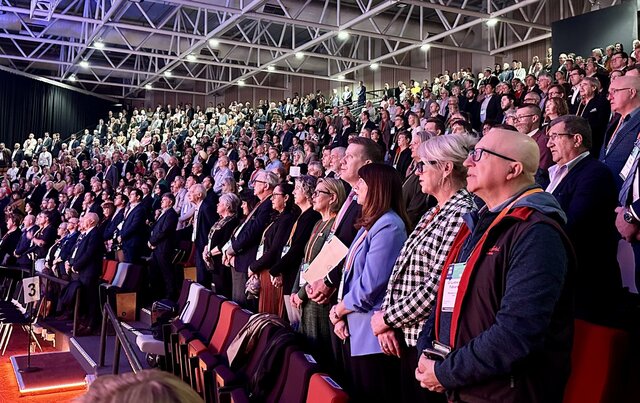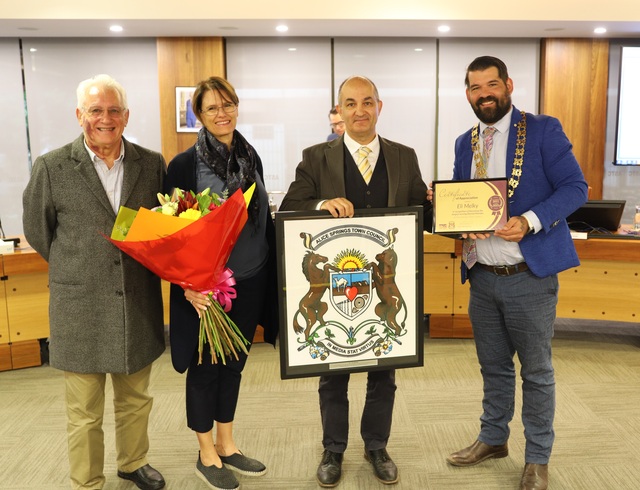From the centre of Melbourne the Dandenong Ranges can be viewed as an ever present, inviting green backdrop to metropolitan life. Melburnians regard it with special affection, especially as it is only an hour’s drive away. Since early settlement they have brought visitors to the region to relax and enjoy its forests, fern gullies, valleys and unique townships.
Following amalgamation of the former Shires of Upper Yarra, Lillydale, Sherbrooke and Healesville in 1994, the Shire of Yarra Ranges became one of the most extensive Local Government areas in the State. It is also one of the most diverse.
The Shire stretches from suburban Lilydale to remote wilderness areas in the Warburton Ranges nearly 80 kilometres away. It includes the popular tourist and residential precinct of the Dandenong Ranges; the open vista of the Yarra Valley; over 50 townships, each with their own special history; large areas of State Forest; and wilderness areas.
An extensive road network includes major State highways and many kilometres of unsealed roads. Subject to both flood and fire, the area is also the major catchment for Melbourne’s water supply.
“One of our principal concerns is to have funding bodies recognise both the metropolitan and rural aspects of the Municipality,” said Mayor David Hodgett. “This is vital in regard to Government grants, such as road funding. Council is currently classified as Metropolitan in spite of its extensive rural areas.
“Although 80 percent of our population lives in urban areas, our rural residents and the many small businesses, including small scale farming, floriculture, viticulture, horticulture, dairying and tourism, all have special needs to be addressed.
“Being so large and having such widely differing constituents is the major challenge for us.”
Now in the second year after the return of elected representatives, the Mayor said that the key is to have both Councillors and residents appreciate the advantages diversity brings to the new Shire. He said that it is essential for everyone to work together to achieve overall goals, while acknowledging the unique characteristics of each part of the Shire.
“This has required a certain amount of adaptation,” he said. “But we are working together as a team very well.
“The number of Councillors in the area has gone from over 40 to nine. This means Councillors must be concerned with wider issues than previously.
“There has been an enormous effort by every Councillor to recognise the diverse aspects of this Shire.”
One way of achieving this has been streamlining Council meetings. This has included scheduling Subcommittee meetings immediately prior to full Council meetings where there are related issues on the agenda, and freeing up some meetings for community consultation.
Extensive briefing sessions provided by Council officers ensure Councillors are fully informed about the implications of various proposals. In addition, workshops and team building exercises enhance Councillors’ capacity to work together for the whole Shire.


